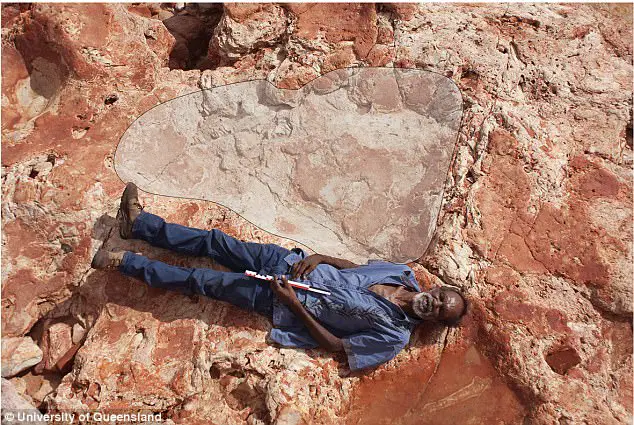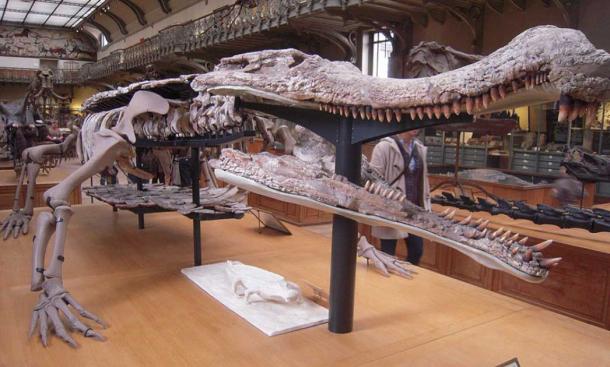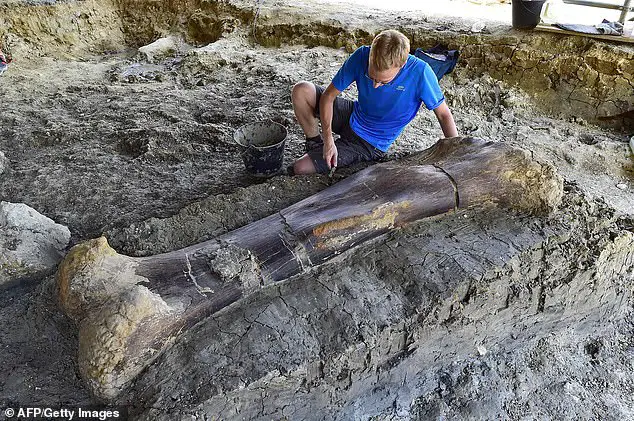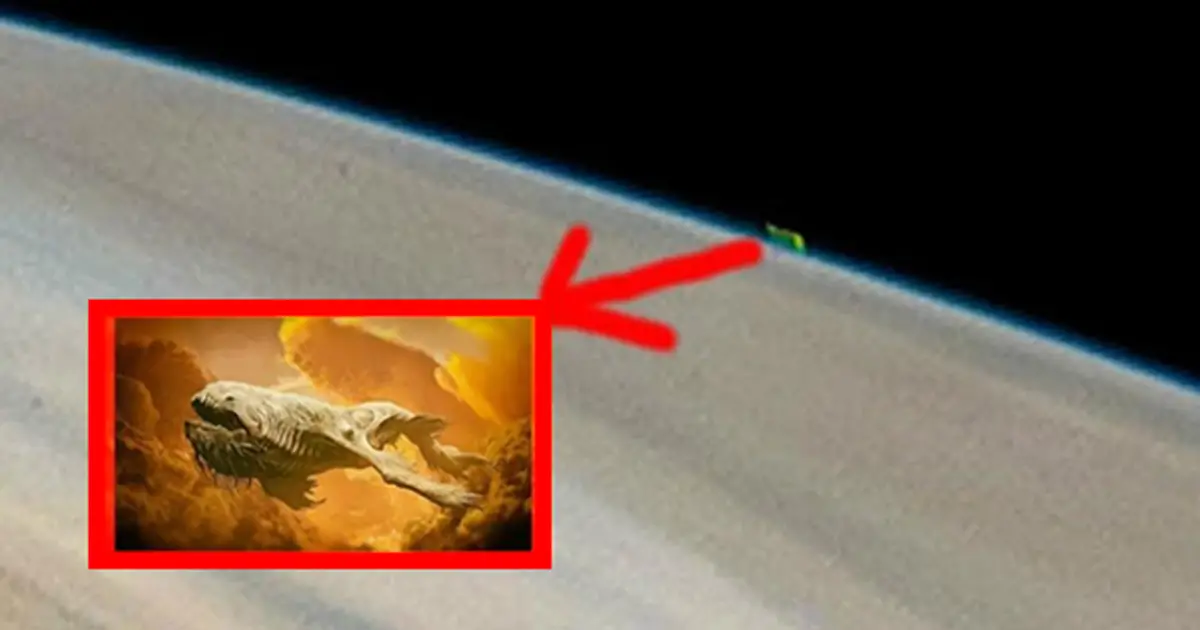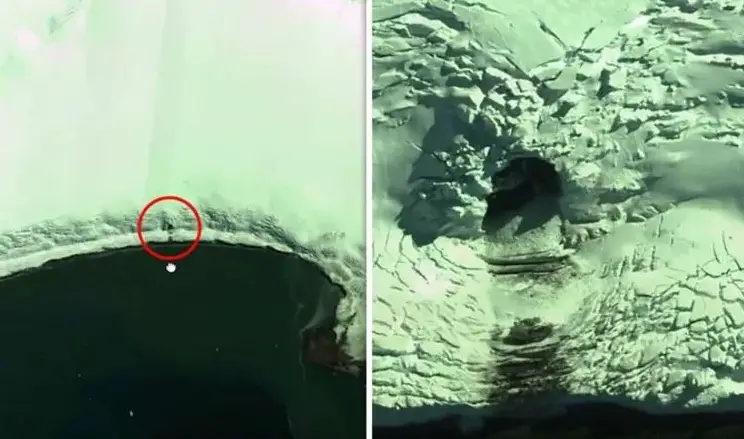Researchers from the Siberian division of the Russian Academy of Sciences recently made a remarkable discovery at the Kushevat Paleolithic site in the Lower Ob region. While performing radiocarbon analyses on reindeer antler fragments, they unearthed significant historical findings.
Along with the reindeer antlers, bones from a woolly mammoth, steppe bison, elk, deer, and possibly a musk ox were also scrutinized. All of these bones, dated through 20 radiocarbon analyses, were established to be between 20,000 and 40,000 years old.
Though initially these findings only attested to the presence of animals during this period, they later formed the groundwork for research indicating human activity in the Ob region around the same time. This was deduced from recent analysis showing human interaction marks on a pair of the reindeer antlers.
There’s a long-standing curiosity among scientists about the possibility of Homo sapiens sapiens, our direct ancestor, venturing into the Arctic and Subarctic. It’s widely believed that during the Paleolithic era, humans journeyed through the Ob River Valley. Records suggest that modern humans made their debut in Europe and Asia around 50,000 to 60,000 years ago.
The early habitats and migration routes of these humans remain mysteries. It was traditionally believed that a vast glacier enveloped the northern part of Western Siberia between 12,000 and 30,000 years ago, much like regions in northern America and Europe. A basin, approximately 130 meters deep, was posited to be south of this glacier.
Due to these assumptions, the likelihood of finding any archaeological remains from 30 to 40 thousand years ago in the north seemed slim. Supporting this were the scant traces of tools, settlements, or organic remnants.
However, a combined international research endeavor, incorporating AMS dating and optical-stimulating luminescence, debunked the earlier theory. They established that the north of Western Siberia was devoid of ice cover from 12,000-30,000 years ago. Collaborators from Europe and Russia indicated the glaciation happened earlier, around 90,000-60,000 years ago.
With these new revelations, the hunt for evidence of ancient human habitation in northern Western Siberia became plausible. The research head from the Institute of Geology and Mineralogy, inspired by this breakthrough, believed that evidence of early Homo sapiens from 30,000 to 50,000 years ago could indeed be found in this region.
The Barents Observer shed light on the fact that not just Neanderthals but also Homo sapiens might have thrived within the Arctic Circle during the Upper Paleolithic era. Until about two decades ago, Neanderthals were considered the sole ancient inhabitants. This notion was primarily based on radiocarbon dated bones found in 2001 in Yakutia, suggesting Neanderthals lived there roughly 28,000 years ago.
The recent AMS study offers two pivotal revelations: firstly, Homo sapiens marked their presence north of the Arctic Circle about 40,000 years ago, and secondly, both Neanderthals and Homo sapiens cohabited this frigid region during the Paleolithic era.




